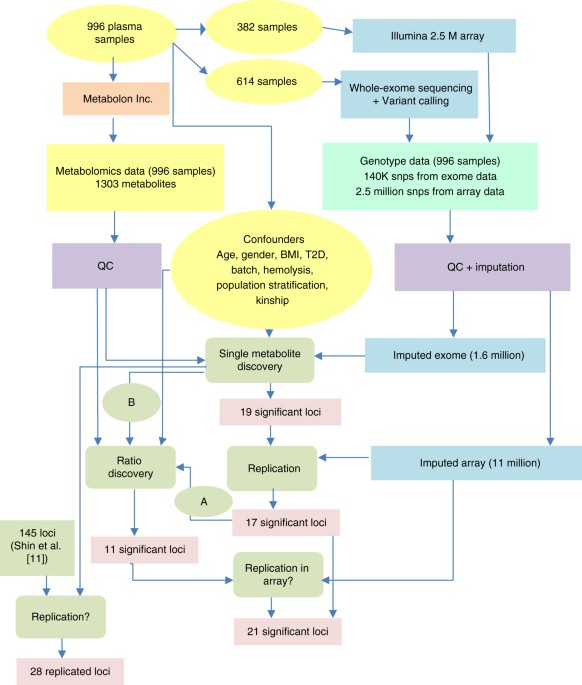
- Select a language for the TTS:
- UK English Female
- UK English Male
- US English Female
- US English Male
- Australian Female
- Australian Male
- Language selected: (auto detect) - EN
Play all audios:
Richard Maher can’t remember the last time he wrote a personal letter to anyone — and he works for the U.S. Postal Service. That’s how bad things have gotten for the government agency that,
in the age of email, Facebook and Twitter, not to mention FedEx and United Parcel Service, announced last week that it lost $5.1 billion in the last year. And the losses would have been more
than double that amount — a record $10.6 billion — if Congress hadn’t allowed the postal service to engage in a little creative bookkeeping and shift an outstanding $5.5-billion payment for
retiree healthcare into the current fiscal year. Hours before that payment was due last Friday, Congress voted to extend the deadline (again) to Dec. 16, kicking the fiscal can a little
farther down the road. “The problem is still there,” said Maher, a postal service spokesman in Los Angeles. “It’s a $5.5-billion obligation that the postal service can’t afford given the
drop in mail volume.” There are a number of proposals on the table to get the agency out of this fix, including eliminating weekend delivery and cutting about 150,000 workers. In a moment,
I’ll lay out my own plan for keeping the postal service alive and kicking, at least for the foreseeable future. First, it’s important to remember that the agency receives no tax money. It’s
required by law to operate like any other business, raising enough revenue to cover its costs. Federal law also says the postal service can borrow up to $3 billion a year from the Treasury
Department, but its total debt can’t top $15 billion. Maher said the postal service’s debt will hit the $15-billion mark in coming months, maxing out the agency’s credit card. Meanwhile, the
volume of first-class mail is steadily shrinking as the world goes increasingly digital. Five years ago, the postal service delivered about 98 billion pieces of first-class mail. That total
dropped to about 73.5 billion pieces this year. By 2016, according to agency projections, the volume of first-class mail will decline to 53 billion. And by 2020, that volume will hit 39
billion. As a newspaperman, I know a little something about antiquated business models. Simply put, the postal service can no longer raise the money it needs to do the job it’s required to
do. Period. It just isn’t economically feasible. A couple of years ago, after the postal service reported losing a mere $3.8 billion, I asked whether it was time to think about privatizing
mail delivery. The problem with that idea quickly became apparent when both FedEx and UPS told me they weren’t interested in the job. While both companies might be interested in
cherry-picking profitable urban routes, neither wanted the obligation of schlepping mail up and down backwater rural roads. “We believe that the government plays a role in terms of ensuring
that every mailbox is reached every day,” a UPS spokesman said. “That is not a responsibility that UPS would want.” I came to the conclusion that because the private sector was unable (or
unwilling) to take on the responsibilities of universal mail coverage, there was a need for the government to remain involved, one way or another — just as such a government role appears
necessary for universal healthcare coverage. But clearly the postal service can’t keep staggering along year after year, racking up multibillion-dollar losses. So what do we do? Higher rates
are obviously in the cards. A first-class stamp will cost 45 cents as of Jan. 22. Don’t be surprised if that charge quickly grows to 50 cents, or more. But higher fees alone won’t do the
trick. That’s why the postal service has also proposed dropping Saturday delivery, closing processing centers nationwide and having the leeway to lay off tens of thousands of workers. “We
believe we can be profitable if given the flexibility to operate differently,” Maher said. But I’d go a step further. Perhaps it’s time to do away with the postal service’s constitutional
requirement for universal service. Perhaps it’s time to stop delivering to the sticks. I know, I know: heresy. But think about it. The real problem here is costly rural delivery. So instead
of having the mail man (or woman) visit every home everywhere, how about we set a geographic boundary for home delivery at some point on the outskirts of every urban area? Beyond that point,
people’s mail would be delivered to the nearest post office, where you could pick it up at your convenience. Or you could authorize someone else to pick up your mail — the neighbor’s kid,
say, riding his bike home from school. For more urgent deliveries, such as medicine or medical supplies, an opportunity would exist for local companies to establish services that would bring
mail to people’s homes in a timely fashion. Such services could also address the needs of seniors who may not be able to get to the post office. These local delivery services could be
subsidized in part by higher rates for bulk mail such as catalogs and advertising circulars. When I told Maher about my idea, he said it would probably bring the postal service back into the
black. But he also observed that many lawmakers with largely rural constituencies wouldn’t back the constitutional amendment required to do away with rural delivery. If that’s the case,
here’s another idea: Set significantly higher postage rates for rural addresses. Is that fair? Probably not. But the plain fact is that the postal service no longer has the funds to do its
job, and it never will unless substantial changes are made to how it operates. That’s not alarmism. That’s reality. _David Lazarus’ column runs Tuesdays and Fridays. He also can be seen
daily on KTLA-TV Channel 5. Send your tips or feedback to [email protected]._ MORE TO READ







